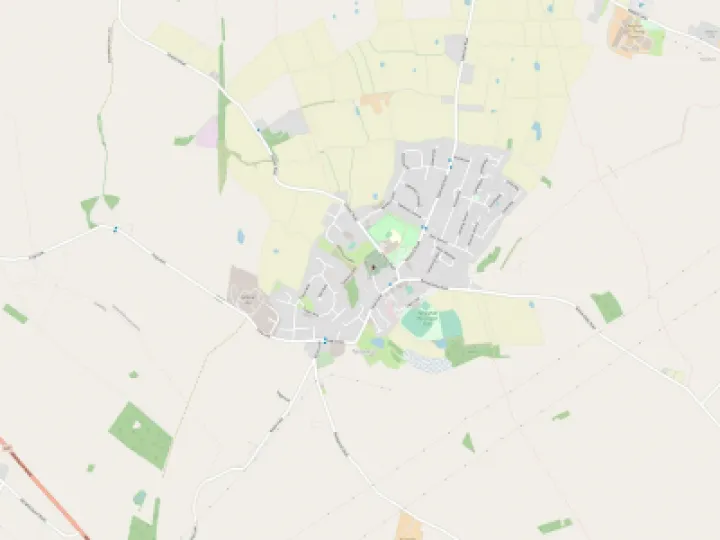New Energy Rates from 1st October
ARE YOU READY FOR THE CHANGES?
Energy Prices will change on 1st October 2023, and many experts and energy sites are advising on steps to take to be ready for the change and get the best that you can. In summary, ten steps are recommended:
1. Check your meter readings. Ensure that you regularly submit readings if you don't have a smart meter. Be sure to provide your supplier with an up to date reading BEFORE 1st October – to ensure you're charged the right amount. And ensure you do this before any publicised change of rate.
2. CHECK you monthly direct debit payments. Do these reflect your actual usage? If not let your provider know – this will ensure you are not paying more than you should., Remember that any credit built up over the summer will soon be used up in the winter when you use more energy.
3. CHECK whether there are new deals available. Your own supplier, or another, may offer a better deal, than the one you are on. Most providers are happy to offer a different rate, and most can be done online fairly simply. Comparison sites can also help – it is worth trying to see what you can find.
4.CHECK if you are eligible for energy support schemes or grants. The Warm House Discount scheme is a Government run initiative that provides £150 in energy credit to help with winter bills, and there is also their Great Britain Insulation Scheme. Many providers also have help schemes.
5. CHECK your boiler is working. Having had the heating off for s few months, its worth checking that all is well before the cold really arrives. Consider getting it serviced if you haven't had that done through a regular contract.
6. CHECK your usage.Regular meter reading (if you don't have a smart meter) will help you know what you use with different appliances, or at different times of the day/month. this can help you use energy wisely – especially if you have off-peak periods when it is cheaper. Changing the way you use appliances, and when you use them can make a difference in the charges you incur.
7. CHECK what is happening in the energy market. Rates are dropping on 1st October, but they are predicted to rise in January 2024 – so keep an eye on the tariff options that are around; a better deal may present itself from your own provider or another. Compare with a comparison site online.
8. CHECK your thermostat and boiler settings (or radiator/heater settings if you have no boiler). The recommended level for most healthy people is 18 degrees Centrigrade. With combination boilers, reducing the flow rate to around 60 degrees Centigrade can cut heating bills significantly, without feeling any difference in the temperature.
9. CHECK your radiators/heaters. Make sure that central heating radiators or bled for air locks, and little drips or leaks; maybe turn the valves down a little, and ensure there are no obstructions to the heat getting into the room. With other forms of heating, clean out any dust and ensure electrical connections are clean and clear.
10. CHECK your door seals and windows. Draught-proofing is a quick and easy way to prevent heat loss, and could save you around £50 a year. thermal and lined curtains can also prevent significant heat loss.
It's worth it all when it saves you money!
WeLoveTattenhall
Get In Touch
Tattenhall Online is powered by our active community.
Please send us your news and views using the button below:









